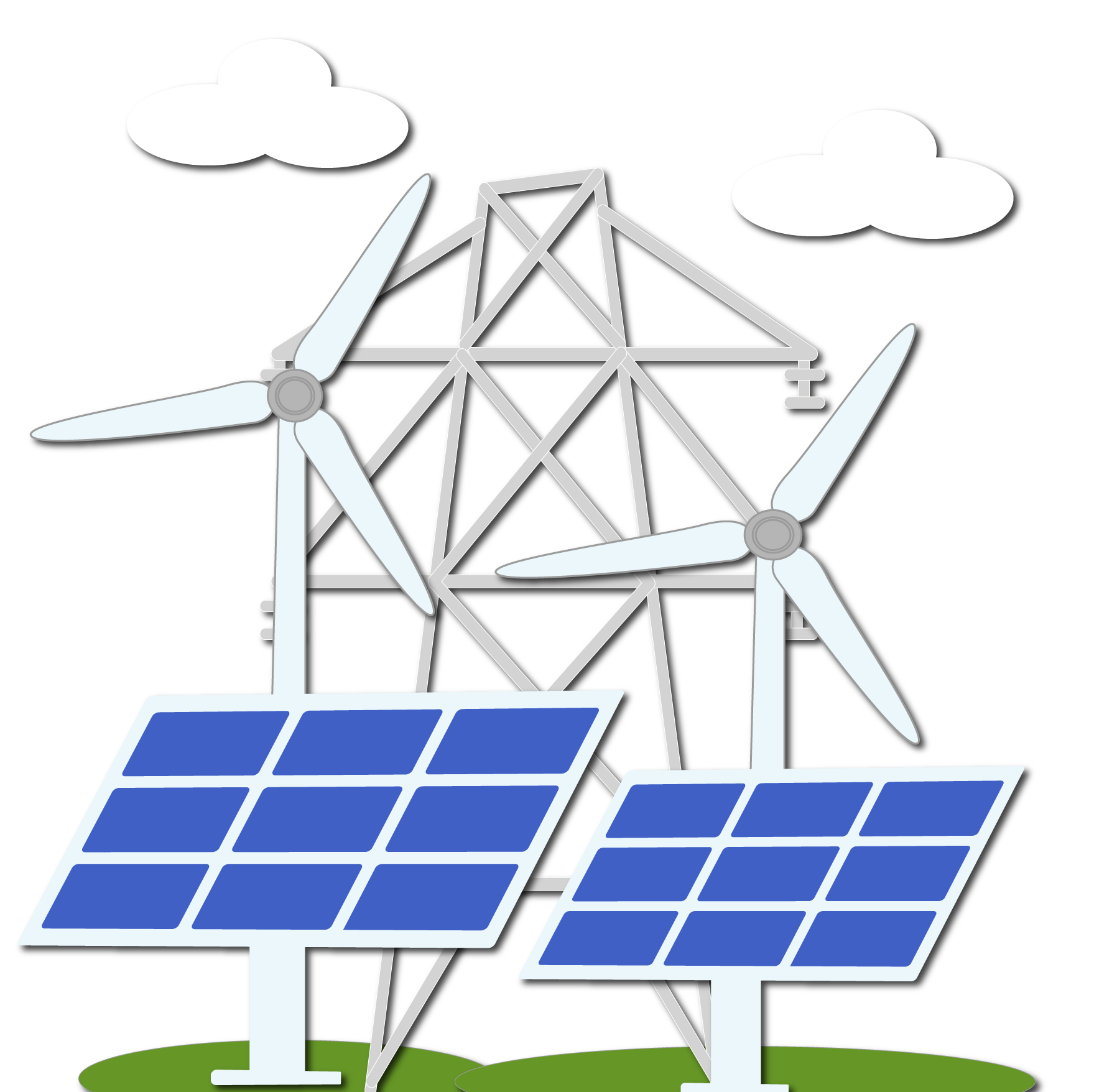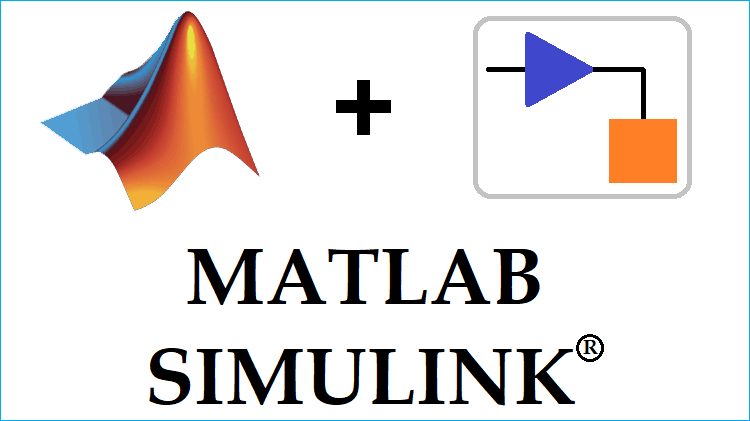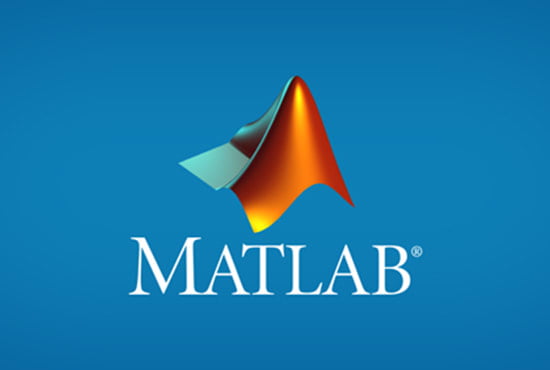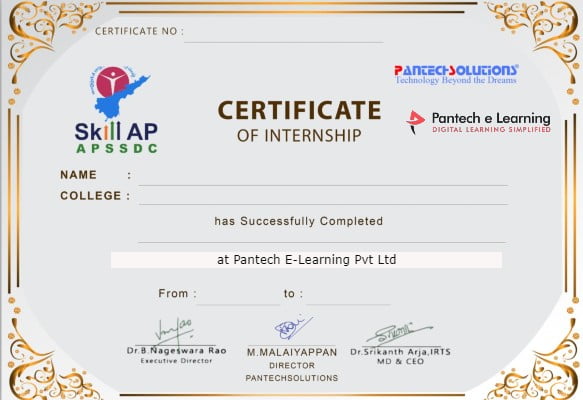
Batch Starts: 18 Oct 2021
Limited Seats
Program Duration : 30 Days
Projects & Assignments
Learning Format
Recorded Session
Internship Overview
Build adequate technical requisite and capacity to sustain to the ever-growing demand of Renewable Energy Resources design engineers. Learn Practice and Implement energy efficient systems and empower yourself to adequate scientific and technical skills to cater to the market demands. Upon completion of this program, you’ll gain sufficient knowledge to develop and design RENEWABLE ENERGY Design systems using MATLAB and Simulink.d a
strong foundation in renewable energy – the most awaited and one of the emerging technology of the future which has the capability of putting any electronic device on the internet. Learn to make own custom made applications to solve some simple real world problems.
Develop & Refine your Employability Skills with Internships
Join as Interns, Learn and practice with LIVE projects and enhance your employability skills to be Industry Ready. Technical Internships with Assisted Learning & Core Application Practices
- Organised Content
- Mentor Assisted Learning
- Hands on Experience
- Assignments & Projects
- 17 Yrs Experience Sharing
- Forum Support
Key Features
- 30+ Hours of Learning
- University Recognised APSSDC Certification
- Curriculum Designed by Academicians & Industry personels
- Learn while you Do! Learn by Practising!
- 10+ Development Projects
- Mentor Assisted Learning
- Access to Records & Video Contents
- Presentation and the Codes – Downloadable
- Options to Learn at your own pace
- Community Forums – Doubts Clarification & Knowledge Sharing
IoT is not just a technology Initiative anymore
Organizations implementing IoT are increasingly focusing on the bsiness outcomes of the technology. IoT Initiatives are no longer driven by the sole purpose of internal operational improvement. IT and business stakeholders must work together to align IoT Projects with business objectives for improving revenue and customer experience, but they are bound by legacy approaches. Organizations with high levels of IoT maturity achieve higher rates of success in their IoT adoption. With the Organisations moving towards Internet of Things, it is essential to know the how on the IoT Concepts and Implementations to stand out from the rest. The Expert Predictions estimate more than to 21 billion IoT devices by 2025. With the AI getting bigger, intervention of smart cities and Smart Cars. IoT is definitely to be the next roll over.
Learning Path
Learning path of any learning concept is rather very important, as it is the way through which the learning process is enabled. This renewable energy Master class is designed to make the participant learn from the scratch and master the concepts with ease.
- Solar PV System – Basics, Mounting Structure, Protection
- MPPT Algorithms – P&O, IC, Fuzzy Logic
- Inverter – Off Grid, ON Grid
- Wind Turbine Systems – Stand Alone, Hybrid.
- Microcontroller – Arduino
- Solar PV, Business – Business Model, Procurement System
What You Will Learn!
Day 1 : Introduction to Solar PV System
Day 2 : Fundamentals of MATLAB – Simulink
Day 3 : Solar PV Panels and Mounting Structure
Day 4 : Types and selection of solar modules
Day 5 : Selection of Tilt angle, Grounding system
Day 6 : PV Shading Effects
Day 7 : Power Converter Design
Day 8 : Non Isolated Power Converter
Day 9 : Isolated Power Converter Design
Day 10 : MPPT Basics
Day 11 : MPPT Design with PO Algorithm
Day 12 : MPPT Design with IC Algorithm
Day 13 : MPPT Design with Fuzzy Logic
Day 14 :Types of charge controllers and their selection techniques
Day 15 : Inverter Design
Day 16 : Off Grid Inverter Design
Day 17 : Types and selection of different solar inverters
Day 18 : Types and selection of batteries in solar energy systems.
Day 19 : Design of single line diagram of the PV system using the CAD Tools
Day 20 : Solar PV System Business Case Study
Day 21 : Arduino MicroController
Day 22 : Gate Drive Circuit Design
Day 23 : Sensor Circuit Design
Day 24 : Wind Energy Basics
Day 25 : Wind Energy Power System Design
Day 26 : Solar PV and Wind Energy System Integration
Day 27 : Design of protection of PV system
Day 28 : Solar PV Powered Electric Vehicle System
Day 29 : Design and components of the solar water pumping system
Day 30 : Research Concepts in Renewable Energy System
Tools Covered


Internship Take Ways – Assignments, Projects, Certifications

- Enhanced Knowledge Transfer
- Guided / Mentored Assignments
- Recognized Internship Certifications
- Resume Building Recommendations
- Professional Networking
- Downloads – PPTs & Project Files
- 2 Months Access to Recorded Sessions
- Certificate Downloads on Immediate
Happened to complete my course on Machine Learning. Excellent course for people who start in the machine learning field. It covers the necessary basics that you can continue to study by yourself in the future. Concept and workflow are really well. I do highly recommend this course for any new ML starter.
Yash Ghatge
Bharati Vidyapeeth College Of EngineeringTraining was excellent with good interaction. Knowledge sharing is good. Recording facility is excellent for revising. Course was practically and informative. Valuable experiences in online learning.
Anilet Bala
SRM Institute of Science and TechnologyVery nicely organised program. Many concepts are very clear after attending these sessions. Thank you team Pantech for making it a practical training program.
Manjula
University of Calicut-
How Solar Power System Works?
Solar power is harnessed using Solar Photovoltaic (PV) technology that converts sunlight (Solar radiation) into electricity by using semiconductors. When the sun hits the semiconductor within the PV cell, electrons are freed and bus bars collect the running electrons which results in electric current. When we place Solar panels connected in a calculated manner in the sunlight, they start producing current and voltage in the form of Direct current (DC) but in most of the countries in the world appliances and equipment runs on Alternative current (AC) so we need to connect to all Solar panels to an Inverter which then converts DC into AC for home use. 1:On-grid Solar Power System / Grid interactive System This type of system is used when you want to reduce your electricity bill In this type of system you will save the per unit amount multiplied by units generated by Solar system (known as net metering, involves govt. approvals) When your house’s electricity consumption is low and solar generation is high your Solar system will feed the excess energy into the grid/electricity company. When your electricity consumption is high and solar generation is low your Solar system will take the excess energy from the grid/electricity company and feed into your home. 2: Off-grid Solar Power System / Standalone System This system is used when electricity/grid is not present or someone required backup to safeguard against power cuts. Also, in some cases, if someone wants to generate his own green energy! (No govt. involvement is required in this case) This is a battery based system, so energy generated from the solar panel is stored in the batteries which are connected with this system You can operate some of essential equipment/appliances directly on this system at the time of grid unavailability of no sunlight hours as well 3: Hybrid Solar Power System > This one is the combination of off-grid and on-grid solar system. If the electricity consumption of your house is lower than the energy generated from Solar system, excess energy will get stored in batteries connected with this system. If the house electricity consumption is greater than Solar energy generation excess requirement will be catered through batteries. If the house electricity consumption is lower than the energy generated through Solar panels and batteries are fully charged than the excess energy generated goes into the grid/electricity dept.
-
What are the benefits of Renewable Energy?
Generating energy that produces no greenhouse gas emissions from fossil fuels and reduces some types of air pollution. Diversifying energy supply and reducing dependence on imported fuels.
-
Software Tools used in Renewable Energy?
MATLAB, Arduino IDE, Simulink Designs
-
How we can Access the Recorded Sessions?
Day Wise Lessons will be uploaded and you can access from the LMS - https://www.pantechelearning.com/lp-profile/ with your registered account.
-
Venue and Duration of the Internship?
Internship is on Online Mode. Recorded sessions with illustrative combination of theory and practice will enhance the user learning experience.
-
Certificate for the Internship?
Yes, Its a Certified Internship and Certified by Pantech eLearning and APSSDC. Certificate will send to your registered email id, once you complete the Internship.
